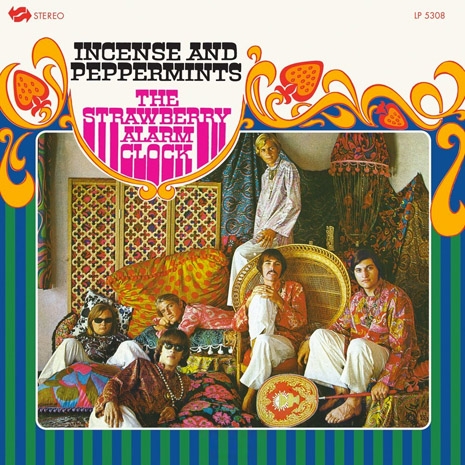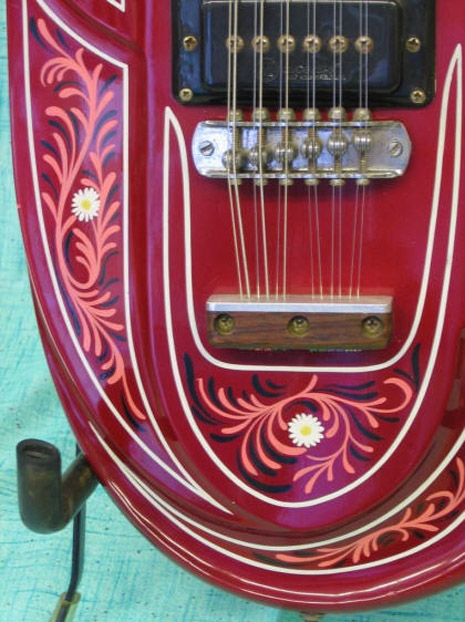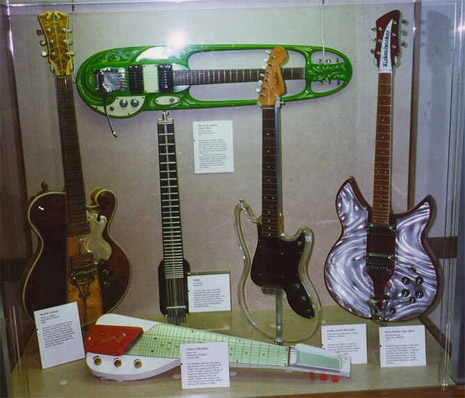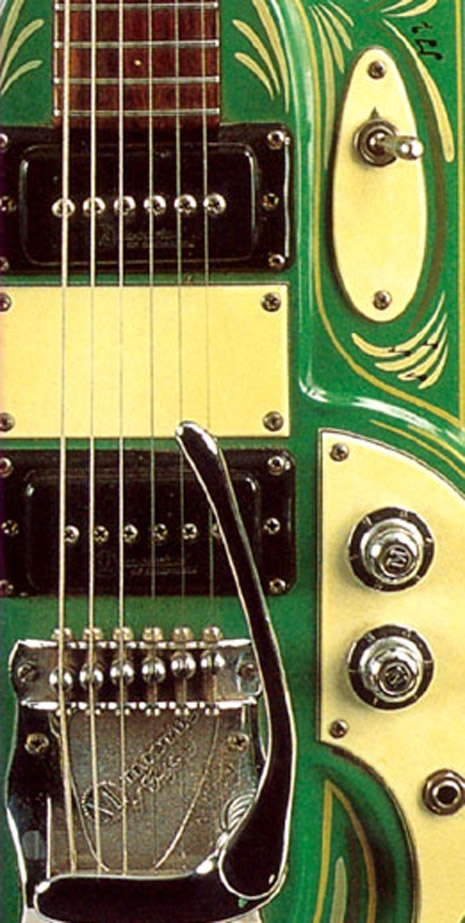
Sean Derrick Cooper Marquardt by Mildred Klaus.
Sean Derrick Cooper Marquardt makes music that is right for our time. Challenging. Difficult. Powerful. Brilliant. That kinda thing.
Plague covers the planet. Cities shut down. Rioters loot and burn. Welcome to the New Normal. Put on your mask and shop this way.
There’s gotta be a way out. Maybe Marquardt’s music offers one?
I was supposed to talk with Marquardt sometime in June. Or was it July? The days merge. One day is much the same as the next—under a lockdown that gave me one hour-a-day outside (for exercise) and one trip (only if really, really, really necessary) to the store for essentials. Sean Derrick Cooper Marquardt could be one of those essentials. He’s not to everyone’s taste I know but his music is important and relevant. Especially today.
We should have spoken together in June or July but then his nephew was shot dead on the streets. An horrific tragedy. What can you say? I sent condolences. Waited. Waited. Didn’t know what else to do. Looked back on what I’d once written:
Sean Derrick Cooper Marquardt is an American musician who lives in Germany. He has been making music since he was six-years-old. He started by writing songs or “texts” and “melodies” as he describes it before taking an interest in House Music in his teens. Sean began DJing, before moving from Chicago to Berlin, where he started singing and playing guitar with metal bands. It was in Europe that he began his interest in electronic music.
With a desire to balance both his love of electronic with metal, Sean produced drone, ambient and noise recordings, developing his own distinct form of “Accidental Guitar Music.”
“Accidental Guitar” is a holistic and grounded concept that includes three main aspects. The first of these is the creation of sounds and sound worlds by combining the guitar with distortion effects – a type of “routing” or “mapping” technique where the musician does not lose himself, however, but instead works in a deliberate manner with the tools available to him. The second dimension of “Accidental Guitar” is improvisation—an approach that Cooper Marquardt has chosen, systematically rejecting predetermined choreographies and all forms of rehearsal or planning. This applies not only to live performances, but also when making recordings in his studio. Finally, the third dimension to this concept is the specific situation that the musician encounters when playing: the atmosphere and setting, the persons, conditions and moods present in the space in question lead to a contextualisation of his music.
Sean has released over 500 recordings as solo artist, collaborative artist, or just playing on someone else’s tracks. He has performed across the world. Gigged. Toured. Played the festivals. When I approached him before to ask some Q&A he preferred to “create [an] article without using the question and answers normal modus of operation.”
Yeah, I know.
He wrote and said he wanted to do the same again and I should contact a guy called Nicholus. It’s a bit like speaking through an agent, or maybe a medium, or just selling myself to do PR—which ain’t what my job entails. If you push to be interviewed then you should be available to be interviewed—it’s a business—otherwise you’re just playing games and after all this was the second time Marquardt had opted out.
Who knows? Maybe it’s me? I wouldn’t be surprised. I don’t even talk to me…and I promised to write myself every week too…
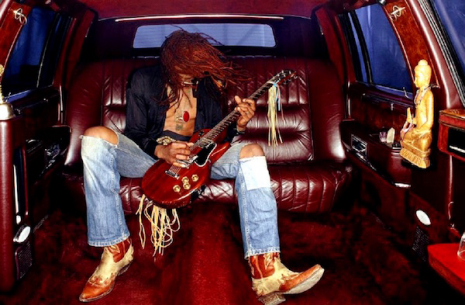
Photograph by Bert Loewenherz.
More after the jump…










